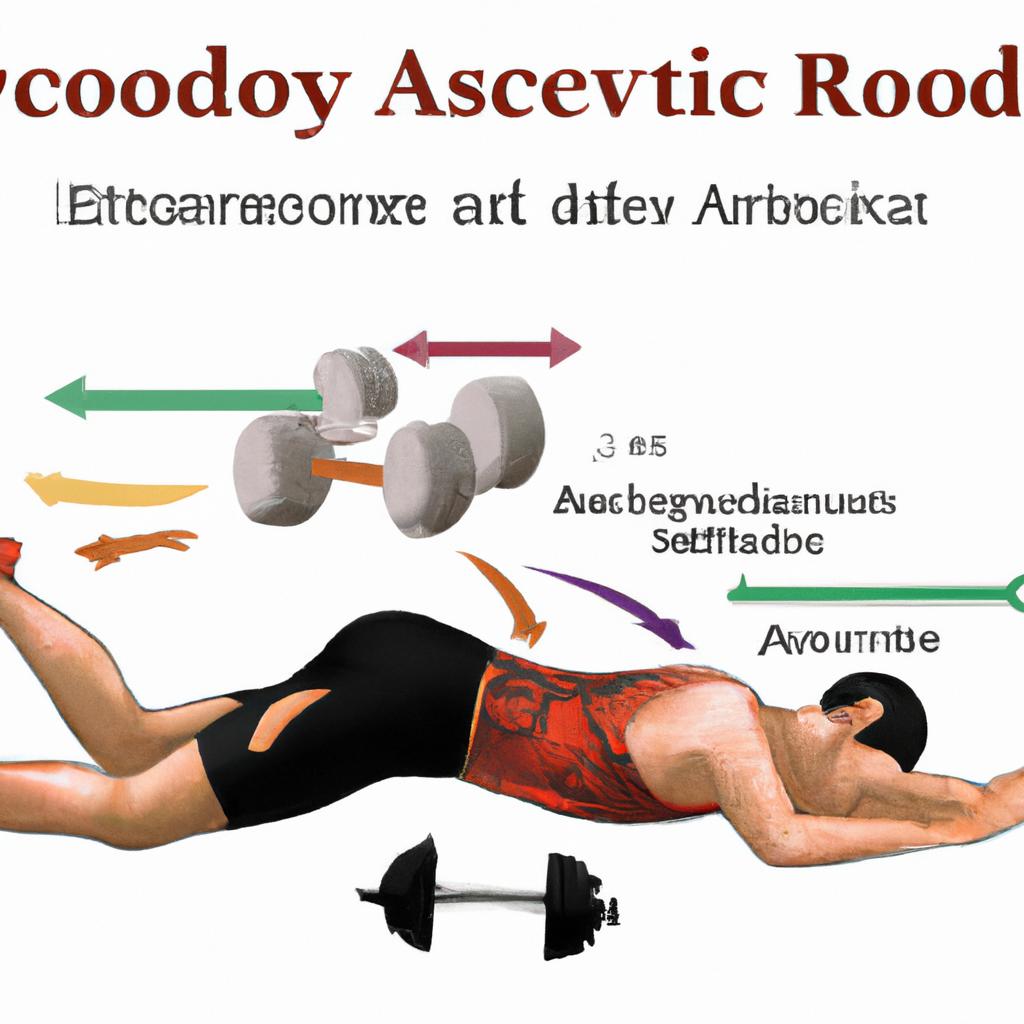**”The Role of Active Recovery in Enhancing Muscle Adaptation: Strategies to Optimize Recovery During Deload Weeks”**
The Role of Active Recovery in Enhancing Muscle Adaptation: Strategies to Optimize Recovery During Deload Weeks
Active recovery enhances muscle adaptation and helps the body recover while maintaining movement. Athletes can significantly benefit from active recovery strategies during deload weeks. This blog post explores methods to optimize recovery during these essential periods, ensuring athletes return to training refreshed and ready to perform.
Understanding Active Recovery
Active recovery involves low-intensity exercise performed after intense workouts. It prevents stiffness and promotes blood flow to the muscles. Many athletes underestimate active recovery, believing rest alone suffices. However, research shows active recovery enhances muscle adaptation and overall performance.
The Science Behind Active Recovery
Studies show active recovery reduces muscle soreness and removes metabolic waste products like lactic acid. This process speeds up recovery times, allowing athletes to resume training sooner. Active recovery also stimulates blood flow, promoting better muscle repair and growth.
During active recovery, the body continues to use energy at a lower intensity. This movement encourages adaptation to physical demands, resulting in improved performance in subsequent training cycles.
Nutrition Tips for Deload Weeks
Nutrition plays a vital role in recovery. During deload weeks, athletes should consume nutrient-dense foods that support muscle repair and overall health.
Prioritize Protein
Protein supports muscle recovery and adaptation. It repairs micro-tears from intense workouts. Aim for 1.6 to 2.2 grams of protein per kilogram of body weight daily. Include lean meats like chicken, turkey, fish, dairy products, eggs, and plant-based options like beans, lentils, and tofu. Consider protein shakes or bars for quick options, especially post-workout.
Stay Hydrated
Hydration is essential for digestion, nutrient transport, and muscle function. During deload weeks, drink plenty of water throughout the day. Choose electrolyte-rich beverages after workouts, especially after heavy sweating. Staying hydrated enhances muscle function, supports recovery, and prevents fatigue and cramping.
Include Anti-Inflammatory Foods
Certain foods reduce inflammation and promote recovery. Include colorful fruits and vegetables in your diet, such as berries, leafy greens, and sweet potatoes. These foods provide antioxidants and vitamins that combat oxidative stress from intense training. Fatty fish like salmon and mackerel offer omega-3 fatty acids known for their anti-inflammatory properties. Include nuts and seeds as additional options.
Conclusion
In summary, active recovery optimizes muscle adaptation. Nutrition plays a crucial role in recovery during deload weeks. Athletes can enhance their performance by incorporating active recovery and proper nutrition strategies.
Below are related products to the topic if you’re interested:
FAQ
What is active recovery and how does it benefit athletes?
Active recovery refers to low-intensity exercise performed after intense workouts. It helps prevent stiffness and promotes blood flow to the muscles, which can enhance muscle adaptation and overall performance. Studies have shown that active recovery reduces muscle soreness and aids in the removal of metabolic waste products, allowing athletes to recover faster and return to training sooner.
How should athletes adjust their nutrition during deload weeks?
During deload weeks, athletes should focus on consuming nutrient-dense foods that support muscle repair and overall health. This includes prioritizing protein intake (1.6 to 2.2 grams per kilogram of body weight), staying hydrated with water and electrolyte-rich beverages, and including anti-inflammatory foods like colorful fruits, vegetables, and fatty fish. These nutritional strategies can significantly enhance recovery and prepare athletes for their next training cycle.
What types of activities are recommended for active recovery?
Recommended activities for active recovery include low-intensity exercises such as walking, cycling, swimming, or yoga. The key is to maintain movement without placing excessive strain on the body. These activities help stimulate blood flow, reduce muscle soreness, and facilitate muscle repair, ensuring that athletes can maintain their fitness levels during deload weeks.















Post Comment